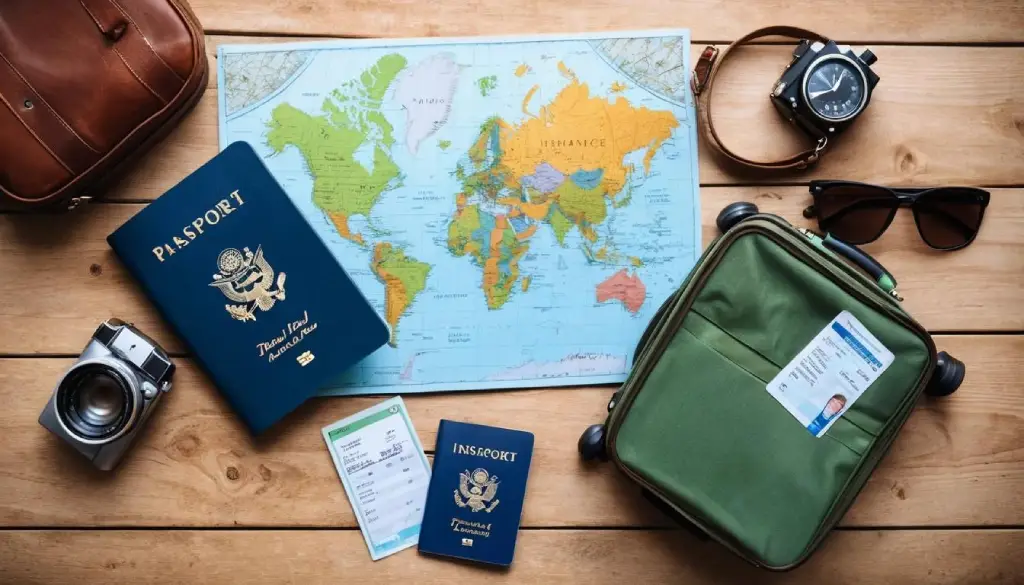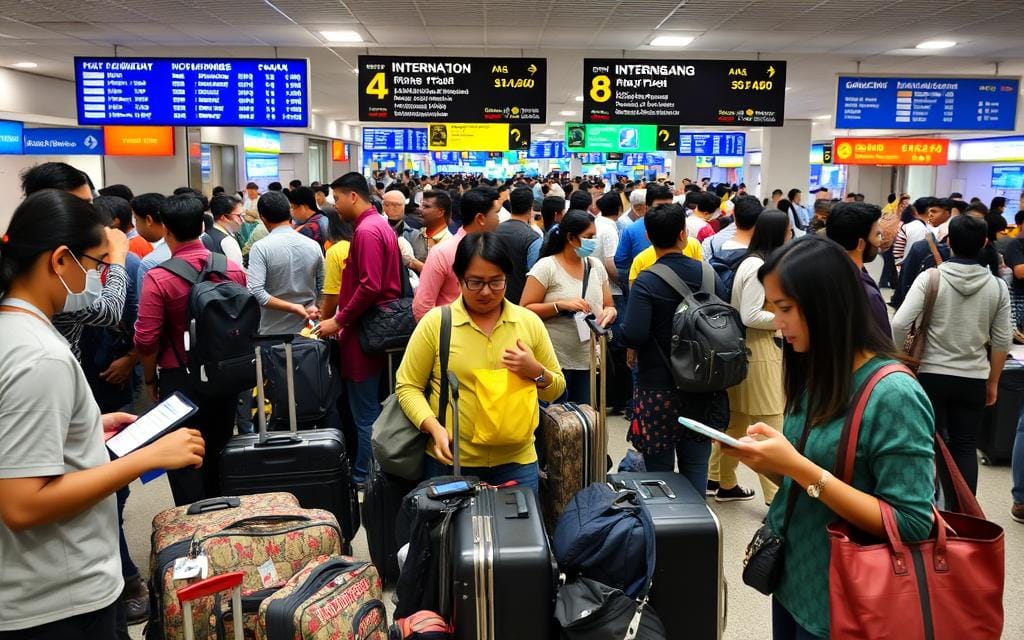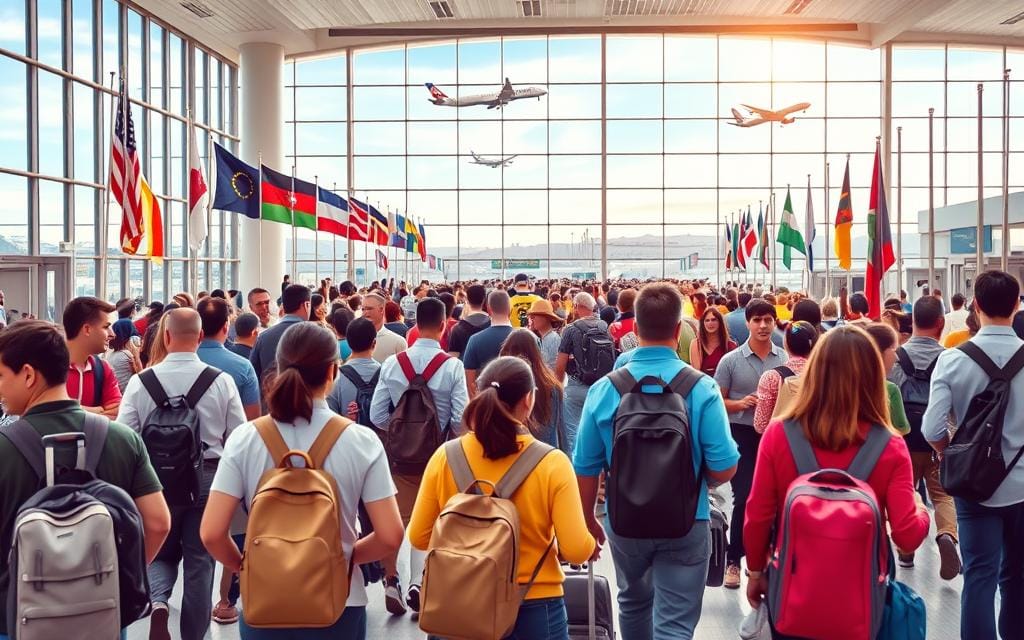Discover the best time to look for cheap flights with practical tips, booking windows, and tools to save money on airfare. Find deals with ease and confidence!
Who doesn’t love snagging a great deal on airfare? The hunt for cheap flights can feel like a puzzle, with fluctuating prices and countless factors influencing costs. But what if you knew the secret to timing it just right?
The truth is, the best time to look for cheap flights isn’t a one-size-fits-all formula—it depends on several factors like your destination, travel season, and even the day of the week.
In this guide, we’ll break down the essentials of timing your flight search for maximum savings and make the whole process less overwhelming.
Ready to unlock the secrets to booking affordable flights? Let’s dive in and explore the best times, tools, and strategies to make your next trip budget-friendly.
Table of Contents
ToggleBest Time to Look for Cheap Flights
Timing plays a critical role in determining how much you’ll spend on airfare. Knowing the right time to book can help you avoid overpriced tickets and secure the best deals.
Different factors like booking windows, days of the week, and even the time of day can influence flight prices significantly. Understanding these nuances will help you plan smarter and get the most value for your money.
Let’s break this down step-by-step, focusing on advance booking strategies, the ideal days and times to search, and the best travel seasons for securing affordable tickets.
Each of these aspects works together to maximize your savings while minimizing stress during the booking process. Whether you’re planning a domestic trip or an international getaway, timing your flight search correctly is essential.
From setting alerts to using the right tools, staying informed about trends in airfare pricing will give you the upper hand. Keep reading as we unpack these strategies and help you master the art of finding cheap flights.
Best Times to Book

Advance Booking
Advance booking is one of the most reliable ways to find cheap flights, but the ideal timing varies based on your destination.
For domestic flights, booking 1–3 months in advance often yields the best prices. Airlines typically release their lowest fares during this window, and waiting too long could mean paying a premium as flights fill up.
For international travel, the timeline shifts to 2–6 months in advance. If you’re planning a trip during a peak season, such as summer or winter holidays, consider booking at least six months ahead to avoid price hikes.
Off-peak seasons offer more flexibility, and deals can be found closer to your departure date. The earlier you start looking, the better your chances of locking in a good price.
Avoid procrastination! Last-minute deals are rare and often come with significant compromises like inconvenient schedules or layovers. By planning ahead, you’ll not only save money but also secure your preferred travel dates and times.
Day of the Week
The day you book your flight can impact the price you pay. Airlines typically release their deals on Mondays, and by Tuesday or Wednesday, competitors adjust their fares to match. These midweek days are considered the best times to search and book flights for the lowest prices.
Conversely, avoid booking on weekends. Saturdays and Sundays often see higher demand, leading to inflated prices. People tend to plan their trips during leisure time, making weekends the least favorable for budget-conscious travelers.
Understanding these patterns helps you align your booking efforts with the market’s ebb and flow. By simply targeting the right days, you can potentially save hundreds of dollars on your next trip.
Time of Day
The time of day you search for flights can also influence prices. Early mornings and late nights are ideal for finding deals because there’s less traffic on booking platforms. With fewer users online, competition for the same flights decreases, which can sometimes lead to lower fares.
Additionally, many airlines reset their fares around midnight in their home time zones. This reset often refreshes prices, making it an excellent time to check for updated deals. Be strategic about when you browse, and you may uncover significant savings.
Midday searches tend to coincide with peak online activity, which could result in higher prices. To outsmart the competition, set aside time for early-morning or late-night searches, when fewer people are booking flights.
Travel Season
Low Seasons
Traveling during the low season is a tried-and-true method for saving on flights. For most destinations, January to March offers some of the cheapest airfares of the year, as people recover from the financial strain of the holiday season. Similarly, September to early November—known as the shoulder season—provides great opportunities to find deals and avoid crowds.
By steering clear of peak travel seasons, you can often enjoy a more relaxed and cost-effective experience. Airlines tend to lower prices during these periods to attract budget-conscious travelers. Not only will you save on airfare, but you may also find discounts on accommodations and activities.
Using tools like Google Flights or Skyscanner can help you identify low seasons for your specific destination. These platforms let you compare fares across multiple dates, making it easier to pinpoint the most affordable travel windows.
Specific Booking Windows
Domestic Flights
For domestic flights, the sweet spot for booking is between 21 and 45 days before departure. This window offers a balance between affordability and availability. If you book too early, you might miss out on promotional fares. Booking too late, however, usually means paying a premium as airlines capitalize on last-minute demand.
This timeline applies to most U.S. domestic flights, but regional variations can exist. For example, flights to popular tourist destinations may require earlier booking. Keep in mind that holidays like Thanksgiving or Fourth of July demand extra advance planning to secure the best prices.
By targeting this specific window, you’re giving yourself a significant advantage over those who book impulsively or wait too long. Patience and strategy are key.
International Flights
International travel demands a more extended planning period. For off-peak seasons, booking 2–3 months in advance often provides the best deals. However, if you’re traveling during a peak period like summer or Christmas, aim to book 6 or more months ahead to avoid skyrocketing prices.
Planning ahead is particularly crucial for destinations with limited flight options or high seasonal demand. For example, flights to Europe in summer or Southeast Asia during the Lunar New Year will always be in high demand. The earlier you act, the better your chances of snagging a deal.
For spontaneous travelers, flexibility can help. Look for deals during less busy months or target shoulder seasons to secure lower prices without sacrificing quality.
Tips for Extra Savings
Flexible Dates
Flexibility is one of the most powerful tools in your arsenal when searching for cheap flights. Platforms like Google Flights, Skyscanner, and Kayak offer “Flexible Dates” options, allowing you to see the cheapest travel days within a specific month. Often, flying a day earlier or later can result in significant savings.
If your schedule allows, aim for midweek travel. Flights departing on Tuesdays, Wednesdays, or Saturdays tend to be less expensive than those on Fridays or Sundays. Aligning your trip with these days can cut costs without much effort.
Take advantage of fare comparison tools to visualize pricing trends. These tools are user-friendly and often reveal opportunities to save hundreds on airfare.
Set Alerts
Setting price alerts is a game-changer for frequent travelers. Apps like Hopper and websites like Airfarewatchdog allow you to track price changes for your desired routes. Once prices drop to your target range, you’ll receive a notification, ensuring you don’t miss out on a deal.
This strategy is particularly helpful for those planning well in advance. Instead of manually checking prices every day, let these tools do the work for you. Consistency in monitoring fares often results in better deals.
By staying proactive and informed, you’ll always be ready to jump on the lowest prices as they appear.
Red-Eye Flights
Flights departing late at night or early in the morning—known as red-eye flights—are typically less in demand, leading to lower fares. These flights are ideal for budget travelers who don’t mind unconventional schedules.
While red-eye flights can be less convenient, they often come with the added benefit of smaller crowds and shorter security lines. This makes the overall travel experience more efficient and stress-free.
If you’re open to sacrificing a bit of comfort for significant savings, red-eye flights should be on your radar. Pair this strategy with flexible dates to maximize your budget.
Extra Tools
Incognito Mode
Dynamic pricing can make airfare searches frustrating. Websites often track your browsing history and raise prices when they detect repeated searches for the same route. To avoid this, use incognito mode or private browsing when looking for flights.
Clearing your cookies or switching devices can also help, but incognito mode is the simplest solution. It ensures that prices remain consistent, saving you from unnecessary markups.
This small adjustment can make a big difference, especially if you’re comparing fares across multiple platforms.
Budget Airlines
Budget airlines like Ryanair and Spirit Airlines offer incredibly low base fares, but be aware of hidden fees. These carriers often charge extra for seat selection, baggage, and even onboard refreshments.
If you’re willing to travel light and forgo certain amenities, budget airlines can be a great way to save. Always read the fine print before booking to avoid unexpected costs.
Budget carriers are especially useful for short-haul flights, where comfort is less of a priority. Keep them in mind for quick trips or weekend getaways.
Layovers
Flights with layovers are often significantly cheaper than direct routes. While layovers can add time to your journey, they’re an excellent way to save money—and sometimes even explore an extra destination if the layover is long enough.
Websites like Skyscanner and Momondo allow you to filter search results for multi-leg flights. Choose layovers strategically to maximize your savings without adding too much inconvenience.
For adventurous travelers, layovers can also be an opportunity to experience a new city briefly. With the right planning, they can enhance your travel experience while keeping costs low.
Conclusion
Scoring cheap flights doesn’t have to be a guessing game. By understanding when and how to book, you can save significantly on airfare. Use tools like Google Flights, flexible date features, and set price alerts to maximize your chances.
For even more travel hacks, head to WanderStayFinder.com, your trusted source for travel inspiration and budget-friendly tips. Let WanderStayFinder guide you to your next adventure without breaking the bank!















